A recent visit to La Palma in the Canary Islands gave me pause for more thought, both on how rock art might be, or should be conserved, interpreted for the public, and also on the apparent similarities and differences in rock carving traditions in these two very different locations.
As at other Atlantic sites such as Galicia and the Canary Islands, Irish "rock art" occurs not only close to the coast and at sea-level (like the examples in SW Scotland) but as high up as 200 metres or more, and as much as 10 kilometres inland.
Like the other Atlantic petroglyphs they are mostly on horizontal outcrops or on table-like surfaces of boulders.
... they are nearly always carved where there is a panorama or a wide open view.
They are also part of a common Atlantic seaboard (or edge-of-the-known-world) culture.
... it is almost certain that the Canary Islands were not settled until long after the period in which Atlantic rock art had gone out of use. The earliest radiocarbon date is about 600 BC and all the others fall in the first millennium AD.
In an interesting parallel with rock art in Northumberland, there were also the odd rocks in the area with similar, apparently natural formations, perhaps caused by the cooling of lava. As is our local rock art, the carvings had been made by percusion and grinding using stone tools.
The situation is in open pine forest around 1300m high on the steep south facing slope of the Taburiente Crater National Park. It lies 700m off a popular walking trail that goes from a car park at Pista de Valencia (1150m) to Pico Bejenado (1854m). Because of the slope, the site has extensive views south, standing high above the narrow eastern entry into the Crater used by the road to La Cumbrecita. The path to the petrogyph is sign-posted from the main trail and featured on route maps.
Is education enough, or do we need enclosure for some of our most important sites?
Prehistory on La Palma is a much more compact and less confusing story than prehistory in the British Isles which has had a much longer and more complex history of occupation, of which rock art is just a small and poorly-understood part. The culture of the people who made the carvings on La Palma seemed to have many parallels to things proposed for our own rock art.
Or is that just how we would like it to be?
Conquest of the Canary Islands by Robert Figuero.
Prehistoria de La Palma by Iruene.
Discovery of Islands in the Ocean by de Jonge.
Atlantis: Atlantology: Basic Problems By N. Zhirov.
Canary Islands in pre-colonial times - Wikipedia
History of La Palma - Issac Newton Group of Telescopes
INSTITUTUM CANARIUM
La Palma Island by Sheila Crosby.
Vandals damage ancient monument in Northumberland.

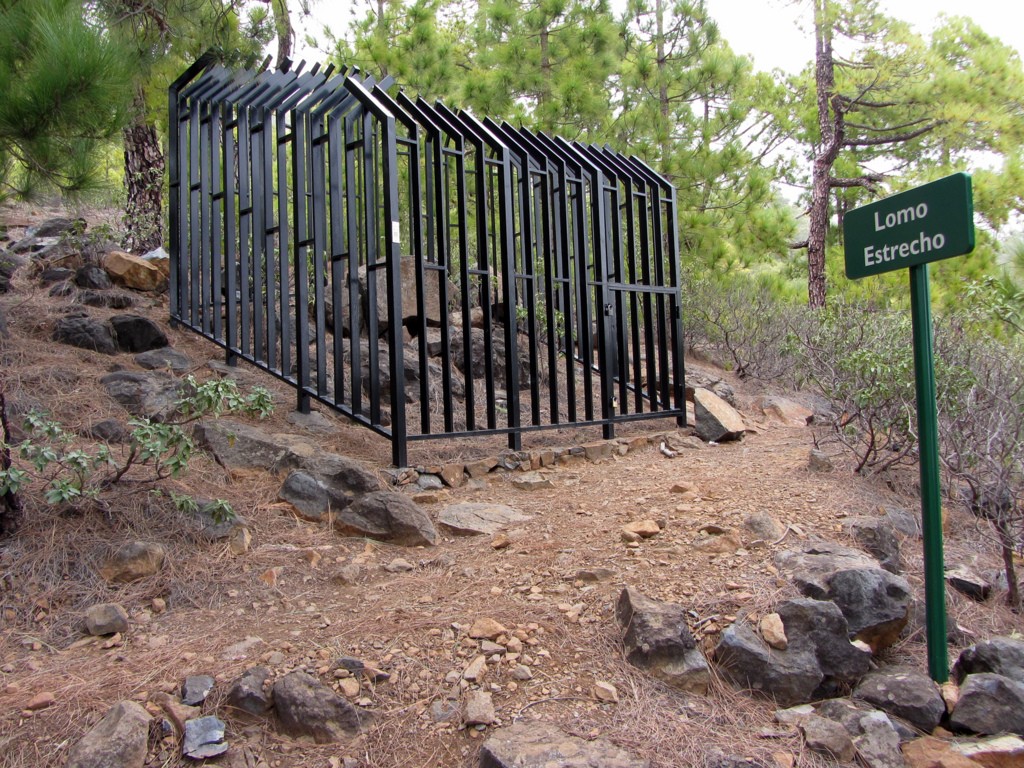
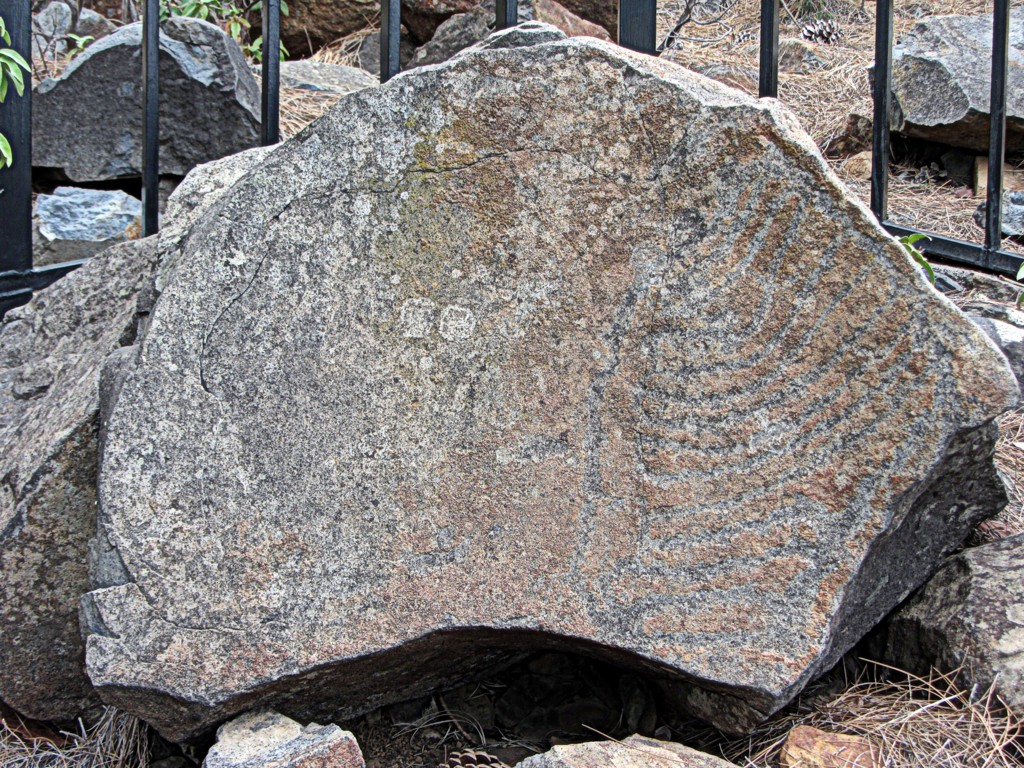


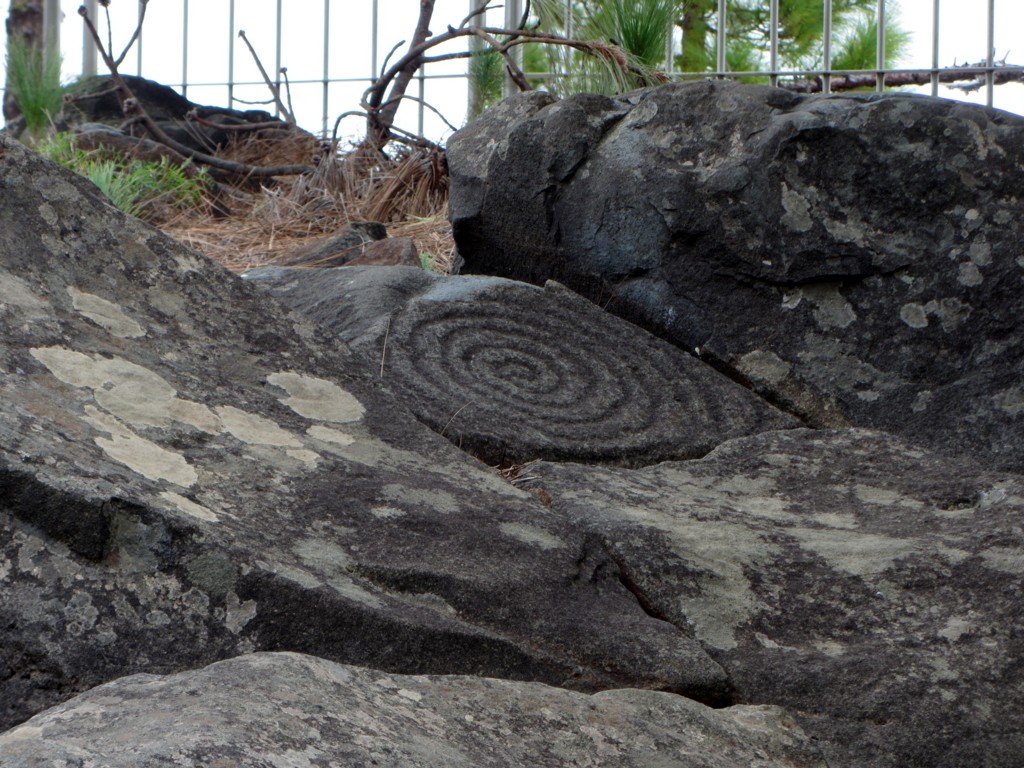
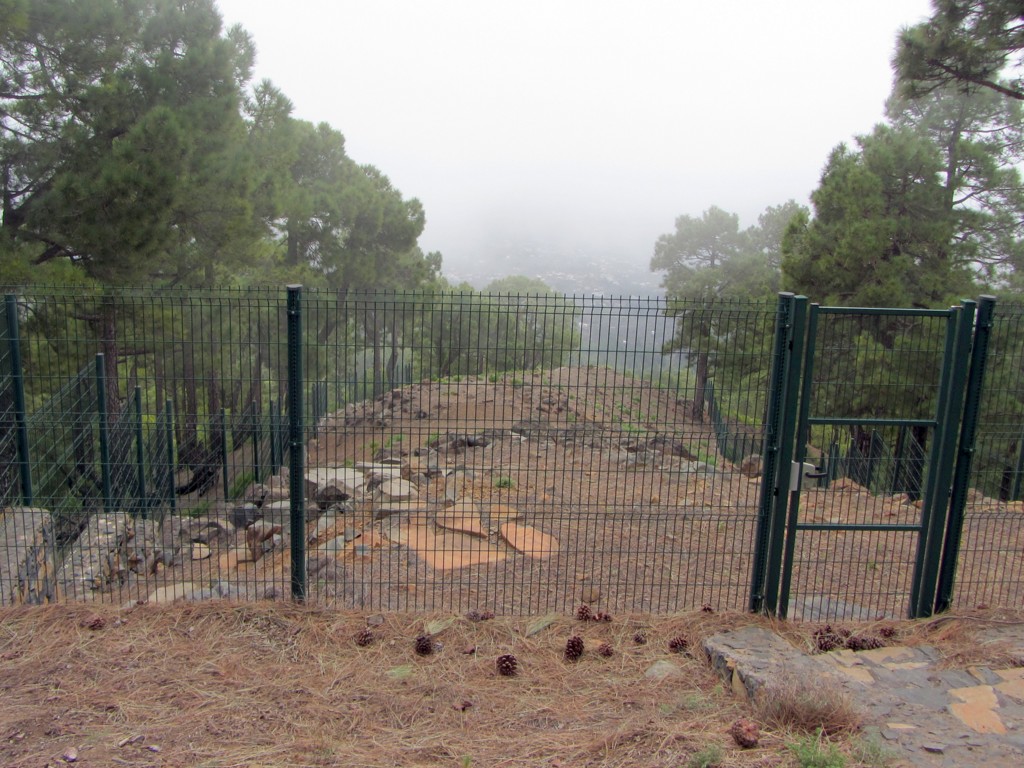
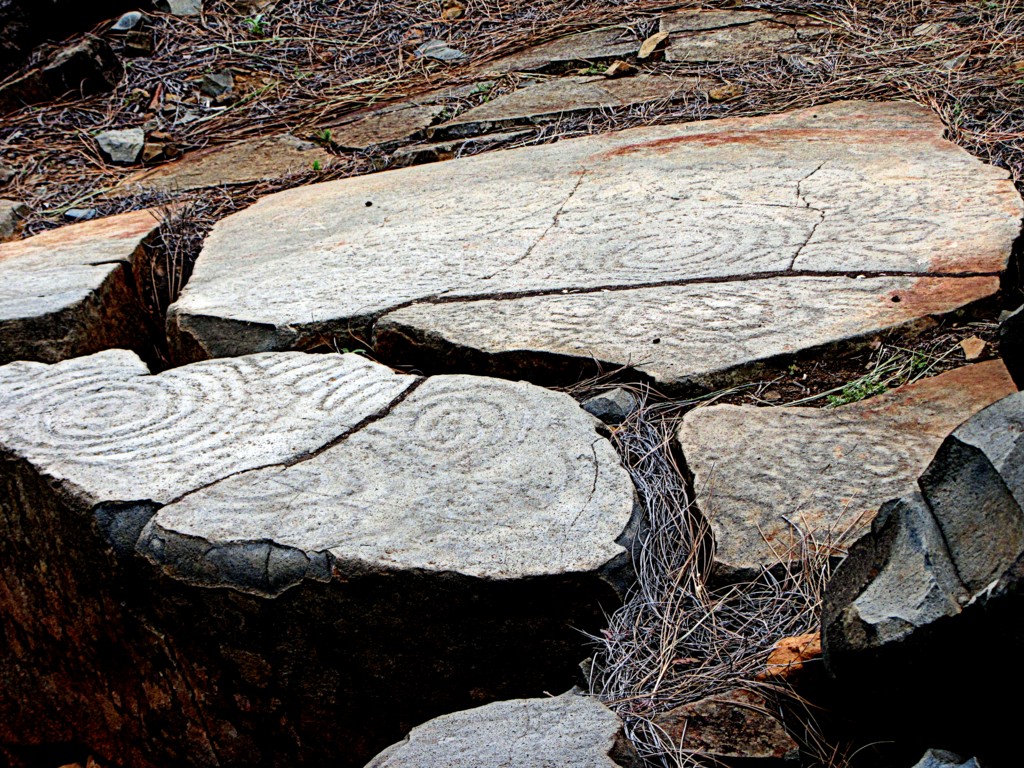
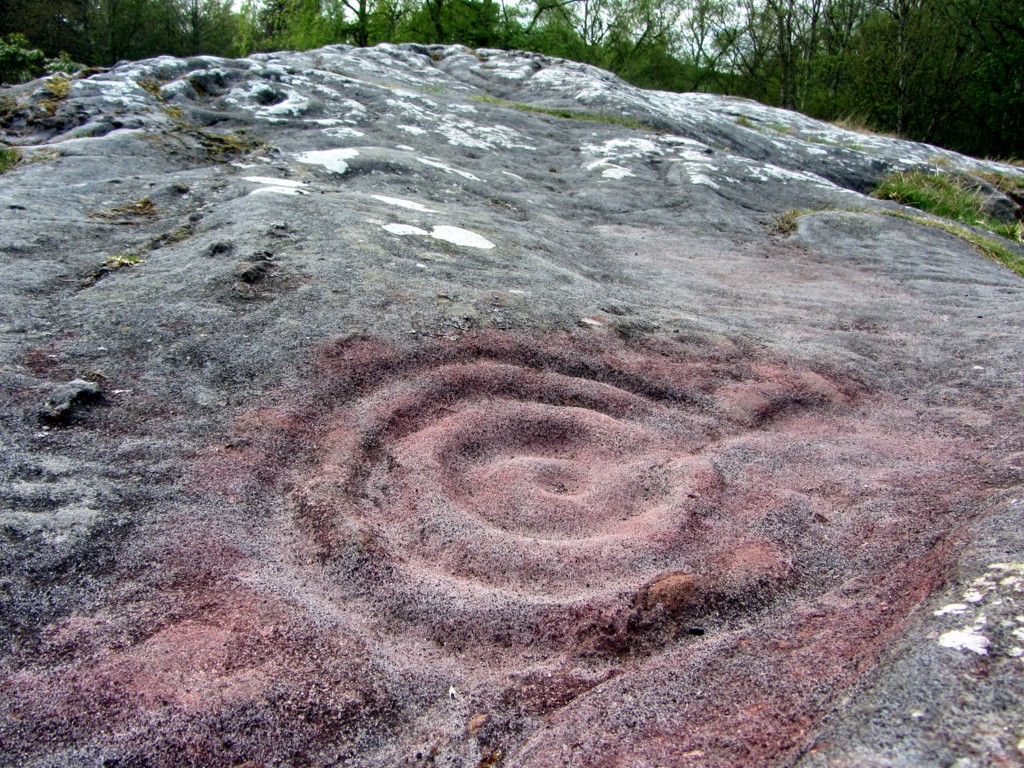
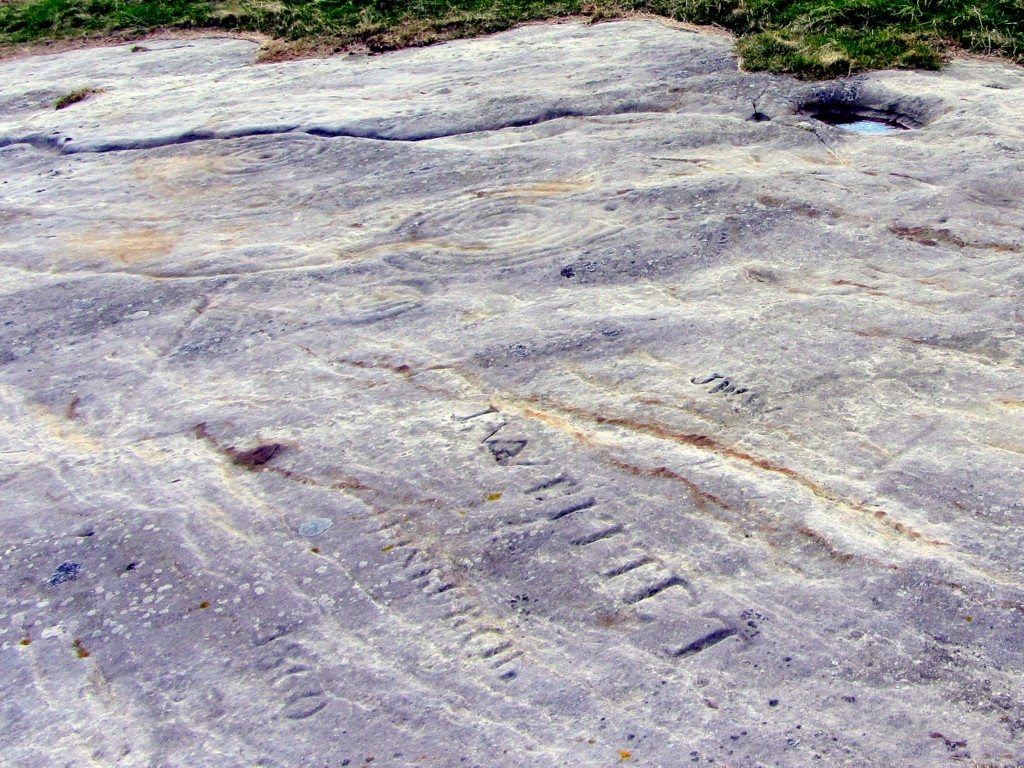
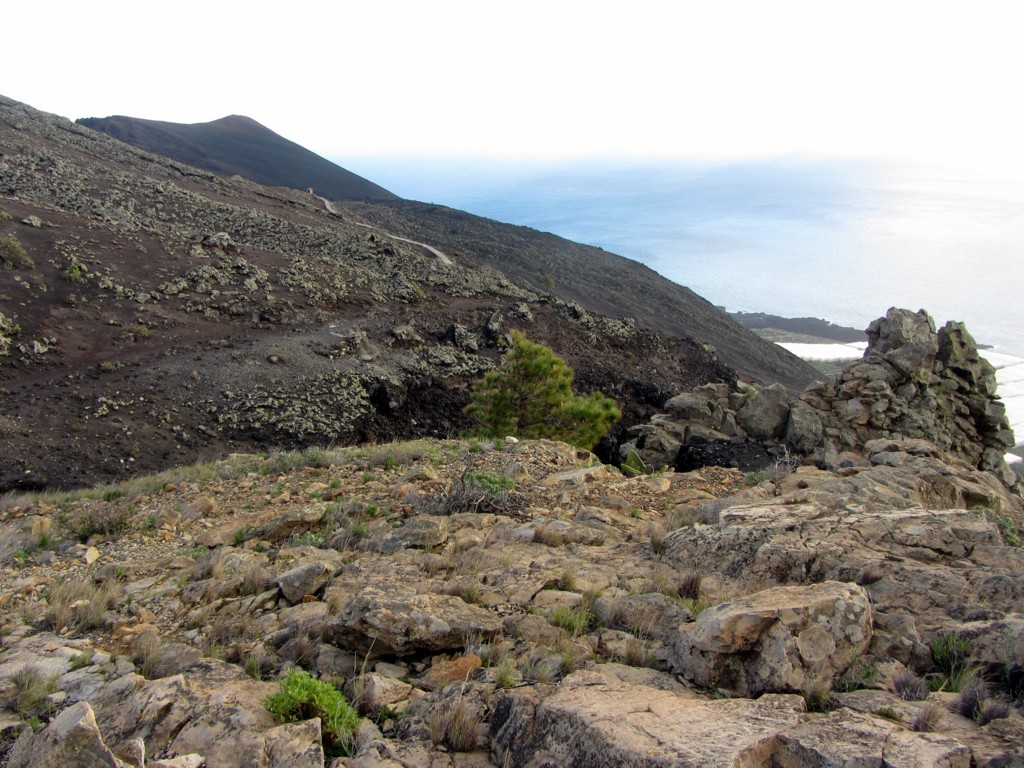
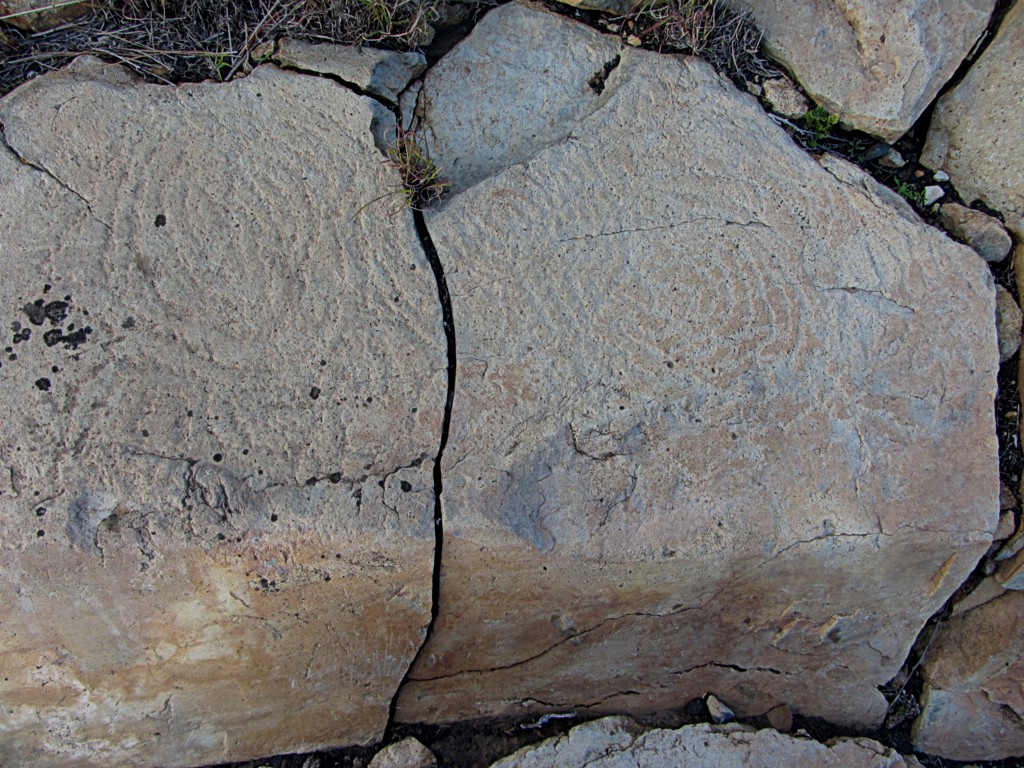
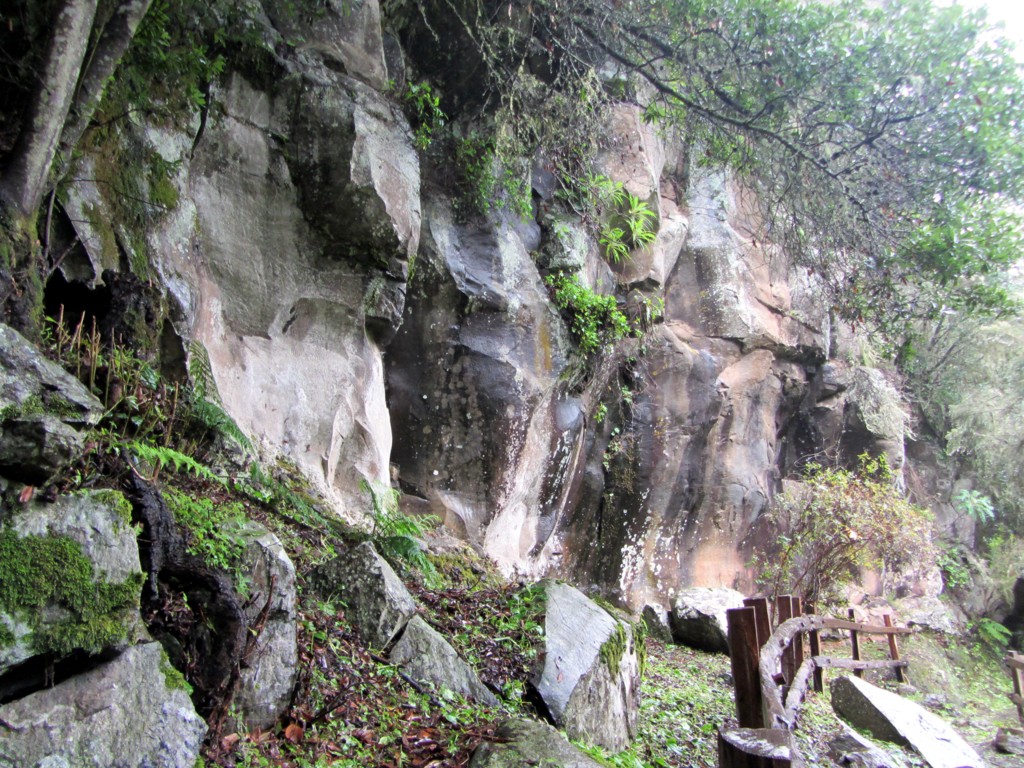
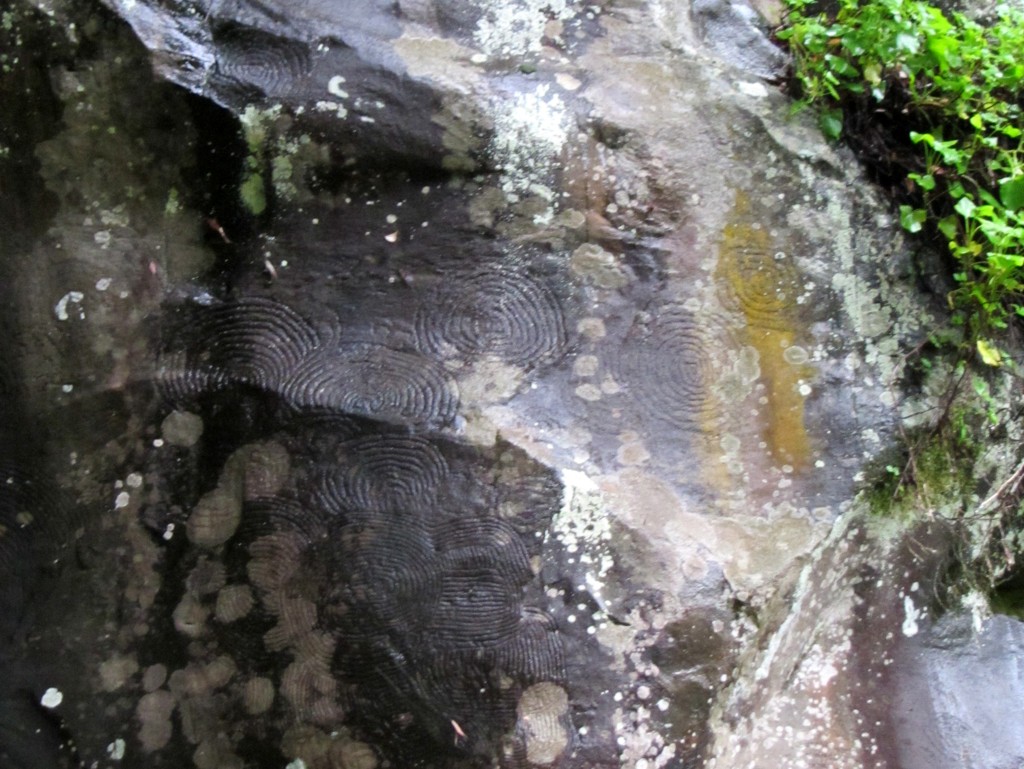
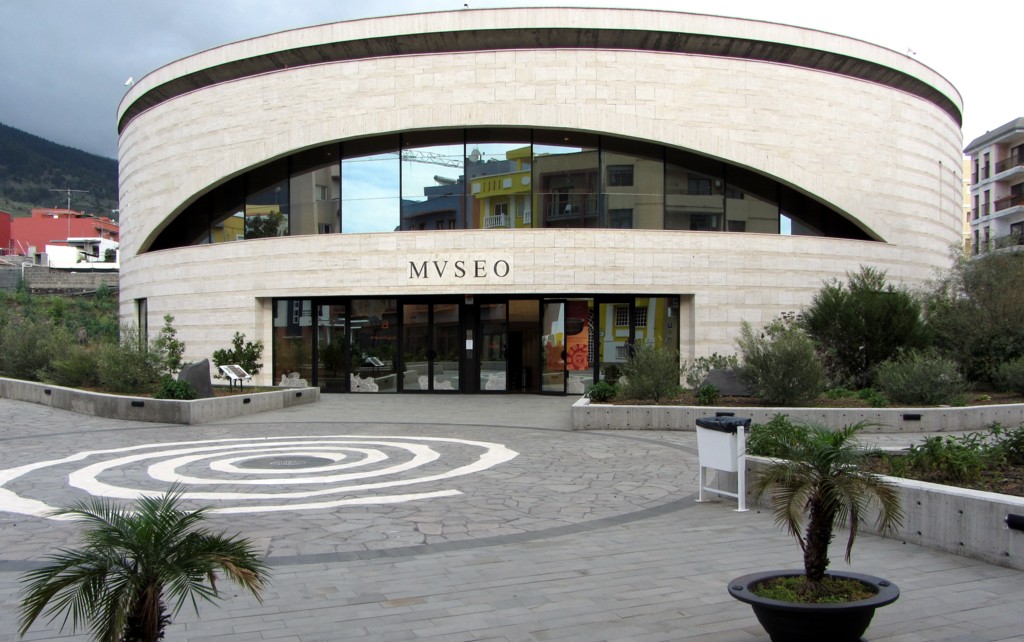
 RSS Feed
RSS Feed
